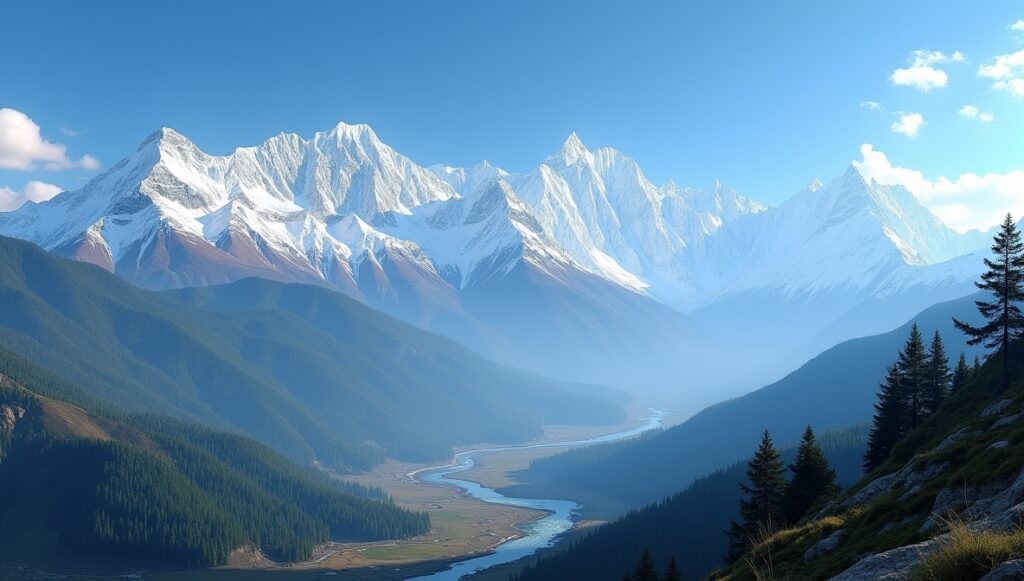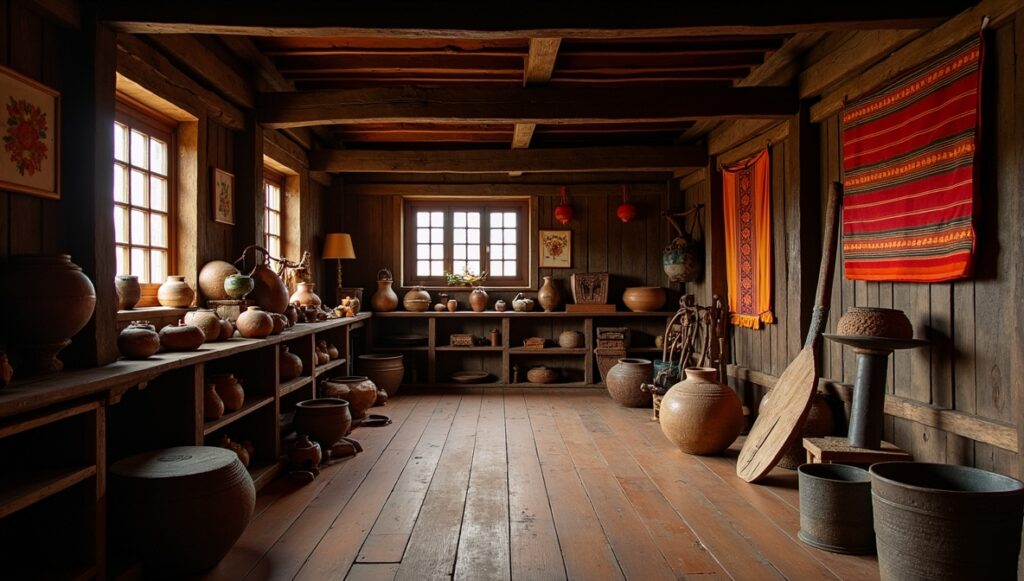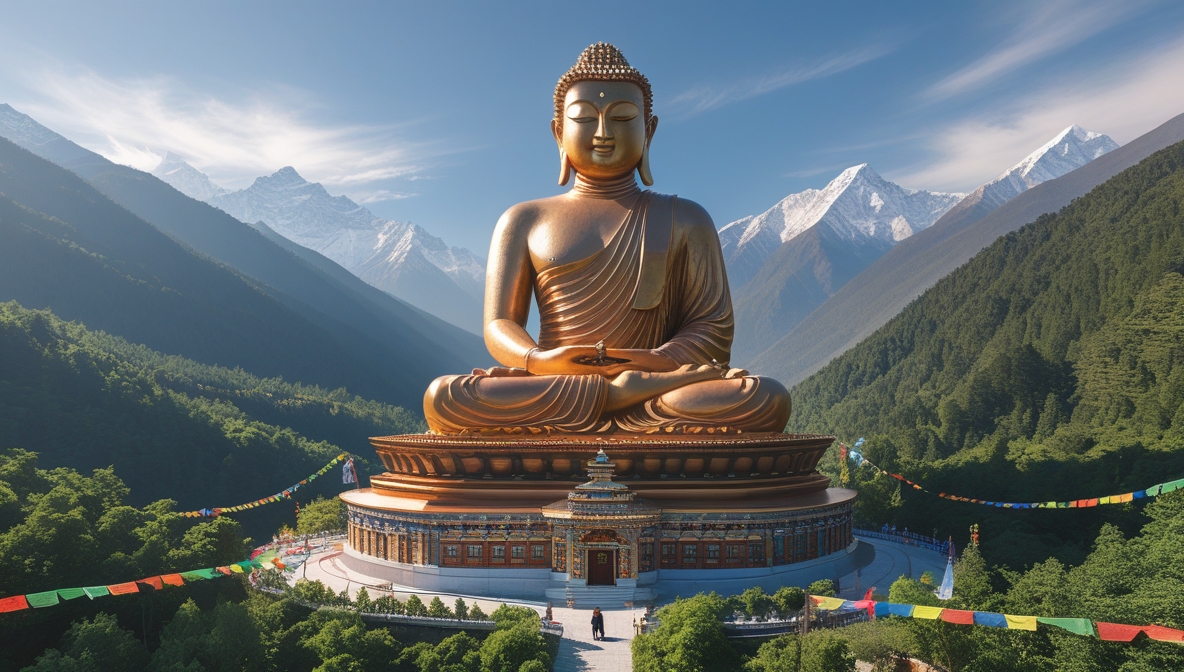Overview
Nestled in the western part of Bhutan, Thimphu is the capital and largest city of the kingdom. Unlike typical capitals, Thimphu seamlessly blends modernity with tradition, offering a unique experience where ancient monasteries coexist with contemporary establishments. The city is a hub for Bhutanese culture, religion, and governance, making it an essential stop for travelers seeking an authentic Bhutanese experience.


Quick Facts
Location: Western Bhutan
Altitude: Approximately 2,334 meters (7,657 feet) above sea level
Language: Dzongkha
Currency: Bhutanese Ngultrum (BTN); Indian Rupee (INR) is also accepted
Best Time to Visit: March to May (spring) and September to November (autumn)
Time Zone: Bhutan Time (BTT), UTC+6
Budget Breakdown
Traveling to Thimphu can be tailored to various budgets. Below is an approximate daily budget for a mid-range traveler:
| Expense Category | Cost (BTN) | Cost (USD) |
|---|---|---|
| Accommodation (3-star) | 3,500 | 42 |
| Meals (per day) | 1,500 | 18 |
| Transportation (local) | 1,000 | 12 |
| Entry Fees & Permits | Included in SDF | Included in SDF |
| Guide Services | 2,000 | 24 |
| Miscellaneous | 1,000 | 12 |
| Total (per day) | 9,000 | 108 |
Note: The Sustainable Development Fee (SDF) is USD 200 per day for international tourists, which includes accommodation, meals, transportation, guide services, and entry fees. Regional tourists (from India, Bangladesh, and the Maldives) have different fee structures.
Flights
The primary international gateway to Bhutan is Paro International Airport (PBH). Major airlines operating flights to Paro include Druk Air and Bhutan Airlines, with connections from cities like Delhi, Kolkata, Bangkok, Kathmandu, and Singapore.
Flight Duration:
Delhi to Paro: ~2 hours
Bangkok to Paro: ~3 hours
Approximate Round-Trip Cost:
From Delhi: USD 500–700
From Bangkok: USD 600–800
Note: Prices vary based on season and booking time.
Safety
Bhutan is considered one of the safest countries for travelers. However, here are some tips to ensure a smooth trip:
Health: No mandatory vaccinations, but it’s advisable to be up-to-date on routine vaccines.
Altitude: Thimphu is at a moderate altitude; acclimatization is generally not an issue.
Local Customs: Dress modestly, especially when visiting religious sites.
Travel Insurance: Recommended to cover medical emergencies and trip cancellations.
Climate
Thimphu experiences a temperate climate with four distinct seasons:
Spring (March–May): Pleasant temperatures (5°C–20°C); ideal for sightseeing and witnessing blooming flowers.
Summer (June–August): Monsoon season with heavy rainfall; travel can be challenging.
Autumn (September–November): Clear skies and mild temperatures; excellent for trekking and festivals.
Winter (December–February): Cool temperatures (0°C–10°C); fewer tourists and serene landscapes.
Best Things to Do in Thimphu
1. Buddha Dordenma Statue
A massive 51.5-meter-tall statue overlooking the Thimphu Valley, offering panoramic views and a sense of tranquility.
2. Tashichho Dzong
An impressive fortress and monastery serving as the seat of the Bhutanese government and the summer residence of the monastic body.
3. Memorial Chorten
A prominent stupa built in memory of the third king, offering insight into Bhutanese spiritual practices.
4. Changangkha Lhakhang
A 12th-century monastery perched on a hilltop, known for its spiritual significance and panoramic views.
5. Motithang Takin Preserve
A wildlife reserve dedicated to the national animal, the takin—a unique and rare species.
6. Folk Heritage Museum
An institution preserving Bhutanese culture through exhibits of traditional artifacts, household items, and rural life demonstrations.
7. Simply Bhutan Museum
An interactive museum offering immersive experiences into Bhutanese culture, including traditional dress, music, and crafts.
8. Weekend Market
A bustling market offering local produce, handicrafts, and a glimpse into daily Bhutanese life.
9. Dochula Pass
Located about 30 km from Thimphu, this mountain pass offers stunning views of the Himalayas and features 108 memorial chortens.
10. Phajoding Monastery
A serene monastery located above Thimphu, accessible via a rewarding hike, offering solitude and spiritual ambiance.
Thimphu Travel Guide
Visa Requirements: All international tourists (except from India, Bangladesh, and the Maldives) require a visa, arranged through a licensed Bhutanese tour operator.
Sustainable Development Fee (SDF): USD 200 per day for international tourists, covering accommodation, meals, transportation, guide services, and entry fees.
Best Time to Visit: Spring (March–May) and Autumn (September–November) for pleasant weather and festivals.
Local Etiquette: Always ask for permission before taking photographs of people or religious sites.
Currency: Bhutanese Ngultrum (BTN); Indian Rupee is also accepted.

